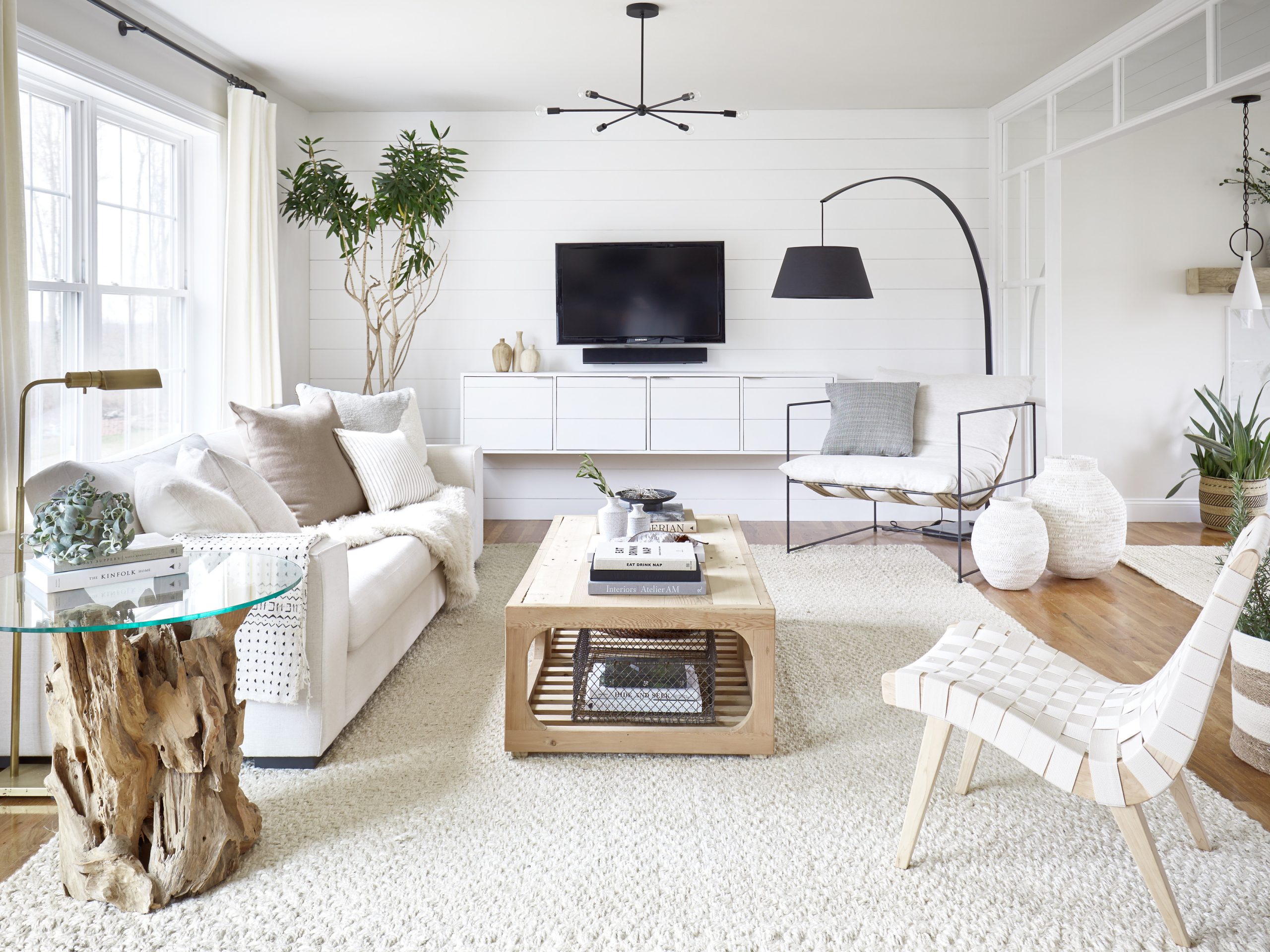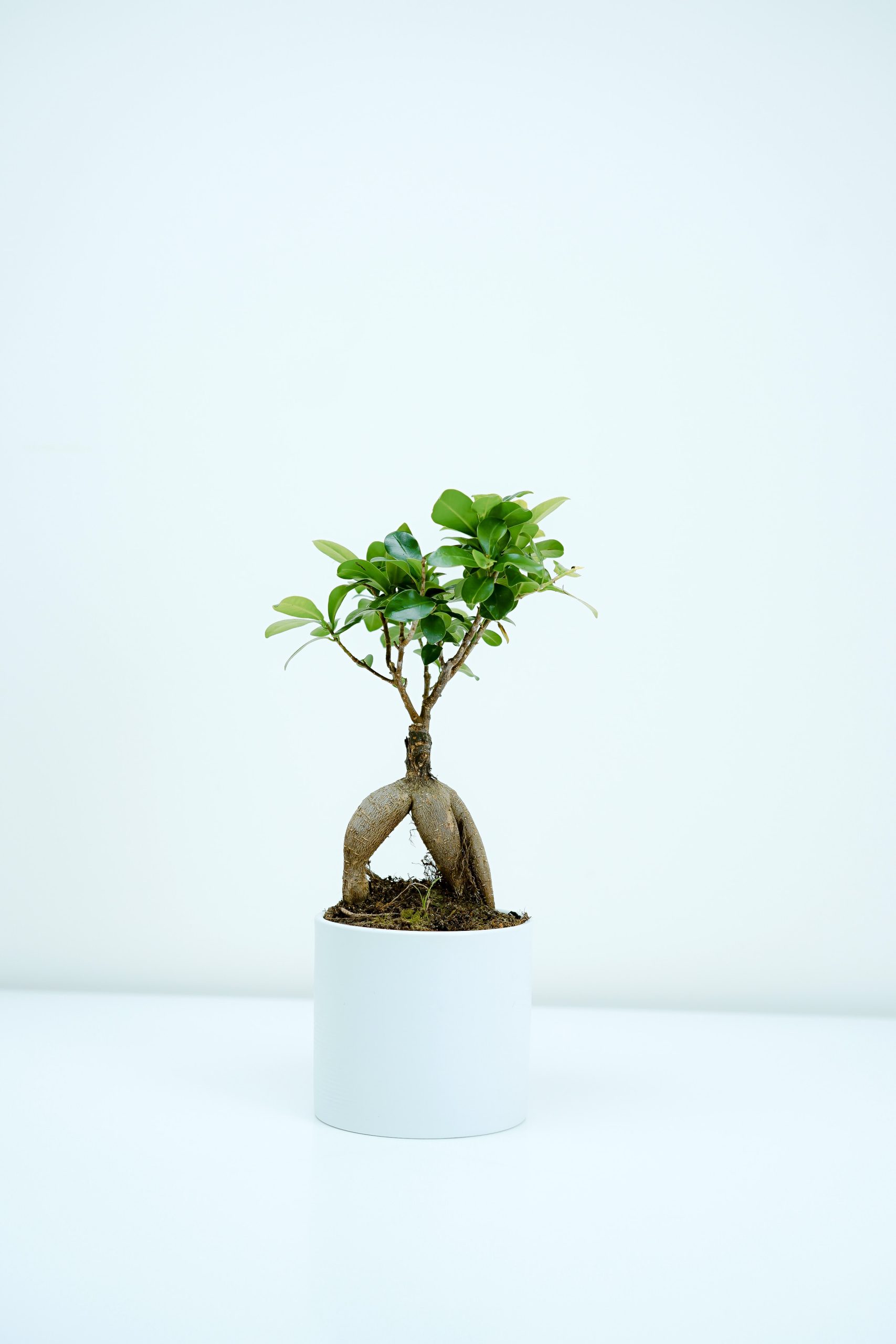Are you dreaming of a beautiful garden but feeling overwhelmed by the prospect of designing one from scratch? Well, fear not! With a little planning and effort, you can transform your blank slate into a lush oasis that will be the envy of all your neighbors. In this post, we’ll share some tips on how to approach the design process. From defining your goals to choosing the right plants for your site and maintaining them properly, we’ve got you covered. So grab your gardening gloves and let’s get started!
Define your gardening goals
Before you start digging in the dirt, it’s important to define your gardening goals. What do you want your garden to achieve? Are you looking for a peaceful retreat or an outdoor entertainment space? Do you want to grow fresh produce or simply enjoy the beauty of flowers and foliage?
Take some time to think about what will make your dream garden truly meaningful and enjoyable for you. Perhaps it’s incorporating elements that reflect your personal style or creating spaces that encourage meditation and relaxation.
Also, consider practical factors such as climate, soil type, sun exposure and water availability. These will influence what plants thrive in your area and how much maintenance is required.
Ultimately, by setting clear goals at the outset of the design process, you’ll be better equipped to make informed decisions about plant selection and layout. And when all is said and done, you’ll have a garden that not only looks beautiful but serves its intended purpose too!
Assess your gardening site
Assessing your gardening site is an essential step in designing your dream garden. Before you start planting, it’s important to evaluate your space and determine what will work best for your specific location.
The first thing to consider is the amount of sunlight that hits your garden. Some plants require full sun, while others prefer shade or partial shade. It’s also important to take note of any areas that are prone to flooding or drought.
Another factor to consider is soil quality. Different plants have different requirements when it comes to soil type and pH levels. Testing the pH level of your soil can help you determine which types of plants will thrive in your garden.
In addition to sunlight and soil quality, it’s important to assess the overall layout and design of your gardening space. Consider things like pathways, seating areas, and water features that can enhance the aesthetic appeal of your garden.
By taking the time to assess your gardening site before getting started, you’ll be able to make informed decisions about plant selection and placement that will ultimately lead to a more successful and beautiful garden.
Choose your plants
Choosing the right plants for your garden is crucial to achieving your desired look and feel. The first step in selecting plants is to consider the climate of your area. Depending on where you live, certain types of plants may not survive or thrive.
Another important factor to consider is the amount of sunlight your garden receives each day. Some plants require full sun while others prefer shade or partial shade. It’s also important to take note of your soil type and pH levels as different plants have different soil requirements.
When it comes to choosing specific plant varieties, think about what kind of aesthetic you want for your garden. Do you want a colorful and vibrant display? Consider planting flowers such as roses, daisies, or lilies. If you’re more interested in creating a relaxing atmosphere, opt for tall grasses or ferns that sway gently in the breeze.
Don’t be afraid to mix and match different types of plants in order to create a diverse landscape with varying textures and heights. Just make sure each plant has enough space so they don’t overcrowd one another.
Choosing the right plants requires careful consideration but can lead to stunning results if done correctly.
Put down the mulch
After you have chosen your plants, it is time to put down the mulch. Mulching helps in retaining moisture and suppressing weeds, making it an essential step towards achieving a healthy garden.
When choosing your mulch material, consider factors such as availability, cost, and effectiveness in suppressing weed growth. Common types of organic mulches include straw, leaves, wood chips, grass clippings or compost.
To apply the mulch effectively spread a layer of 1-3 inches on top of the soil around each plant while avoiding covering the stems too deeply. This will help to keep water from evaporating too quickly and provide nutrients as it decomposes.
It’s important to remember that if you use non-organic materials like rocks or plastic sheets for mulching they don’t add any nutrients back into your soil. Therefore using organic matter is always preferable.
Mulching also has aesthetic benefits by giving your garden a natural appearance and can protect roots from extreme weather conditions such as hot summers or winter frost.
In summary putting down the right type of mulch can greatly benefit both the health and visual appeal of your garden!
Fertilize and weed as needed
One of the most critical aspects of maintaining a dream garden is keeping it well-fed and free from pesky weeds. Regular fertilizing and weeding will ensure that your plants grow healthy and strong, allowing them to thrive in their beautiful oasis.
When it comes to fertilizing, there are many different options available on the market. You can choose between organic or synthetic fertilizers, each with its own set of benefits and drawbacks. It’s important to research which type is best for your specific plants and garden needs before making a purchase.
In terms of weeding, it’s essential to stay on top of this task regularly. Weeds can quickly take over a garden if left unchecked, choking out your desired plant life. There are several ways you can go about removing weeds from your garden – by hand pulling them or using herbicides (if preferred).
It’s recommended that you weed after rainfall when the soil is moistened so they come out easier than when dry as conditions make roots weaker assisting in removals without damage.
Don’t neglect these crucial tasks! Fertilizing and weeding may not be the most glamorous parts of gardening but doing them consistently will pay off in the long run with healthier plants that bring joy for years to come.
Enjoy your garden!
Congratulations! You have successfully designed and created your dream garden. It may have taken some time, effort, and patience to get there, but the results are worth it. Now that your garden is in full bloom, take a moment to sit back and relax in your beautiful oasis.
Remember to maintain your garden regularly by pruning plants, watering as needed, and removing any weeds or pests that appear. Don’t forget to add new plants over time to keep things interesting.
Enjoy the fruits of your labor by spending time outdoors in nature’s beauty. Your garden can be a place of peace and tranquility where you can unwind after a long day or entertain guests during gatherings.
Most importantly, enjoy the process of creating something unique that reflects your personal taste and style. With these tips for designing your dream garden from blank slate to beautiful oasis, you’ll be well on your way toward achieving gardening success!










